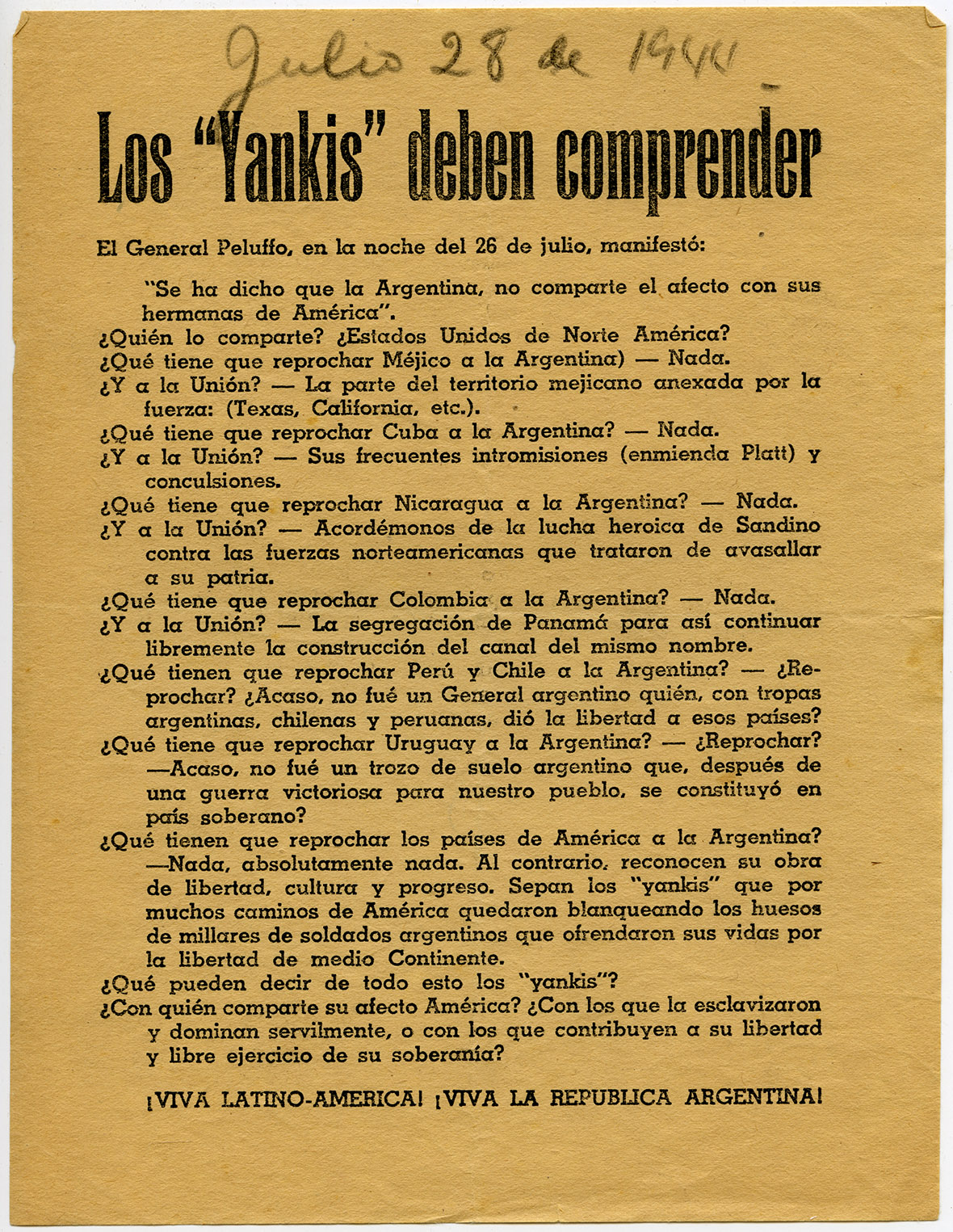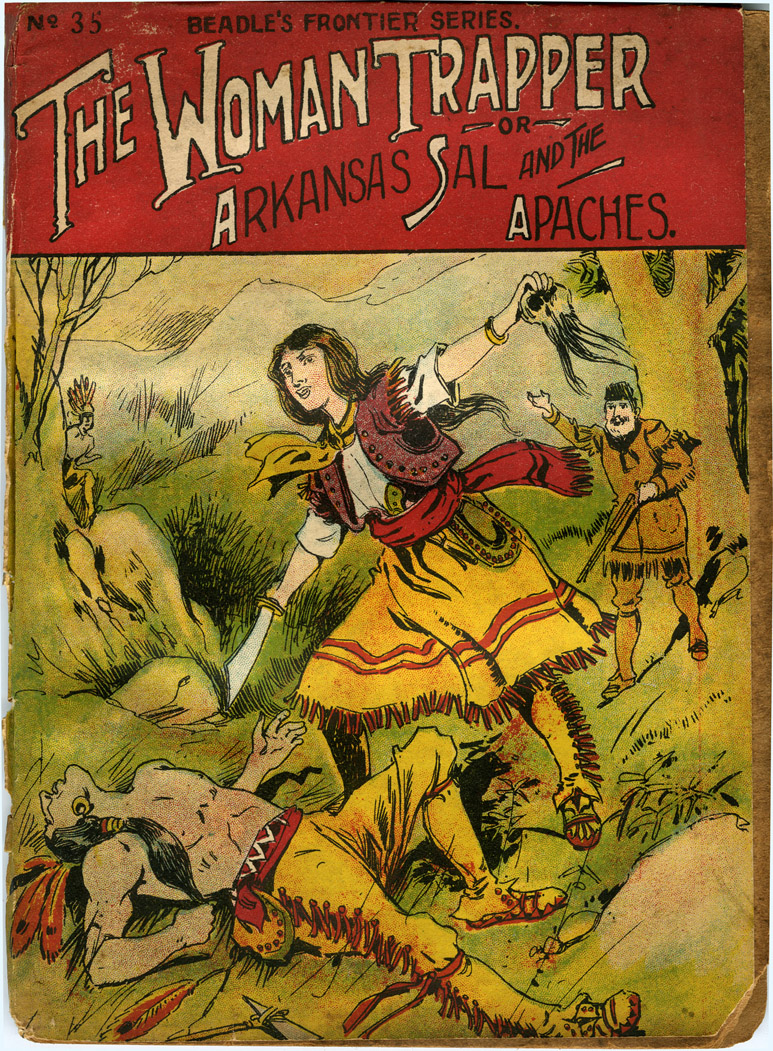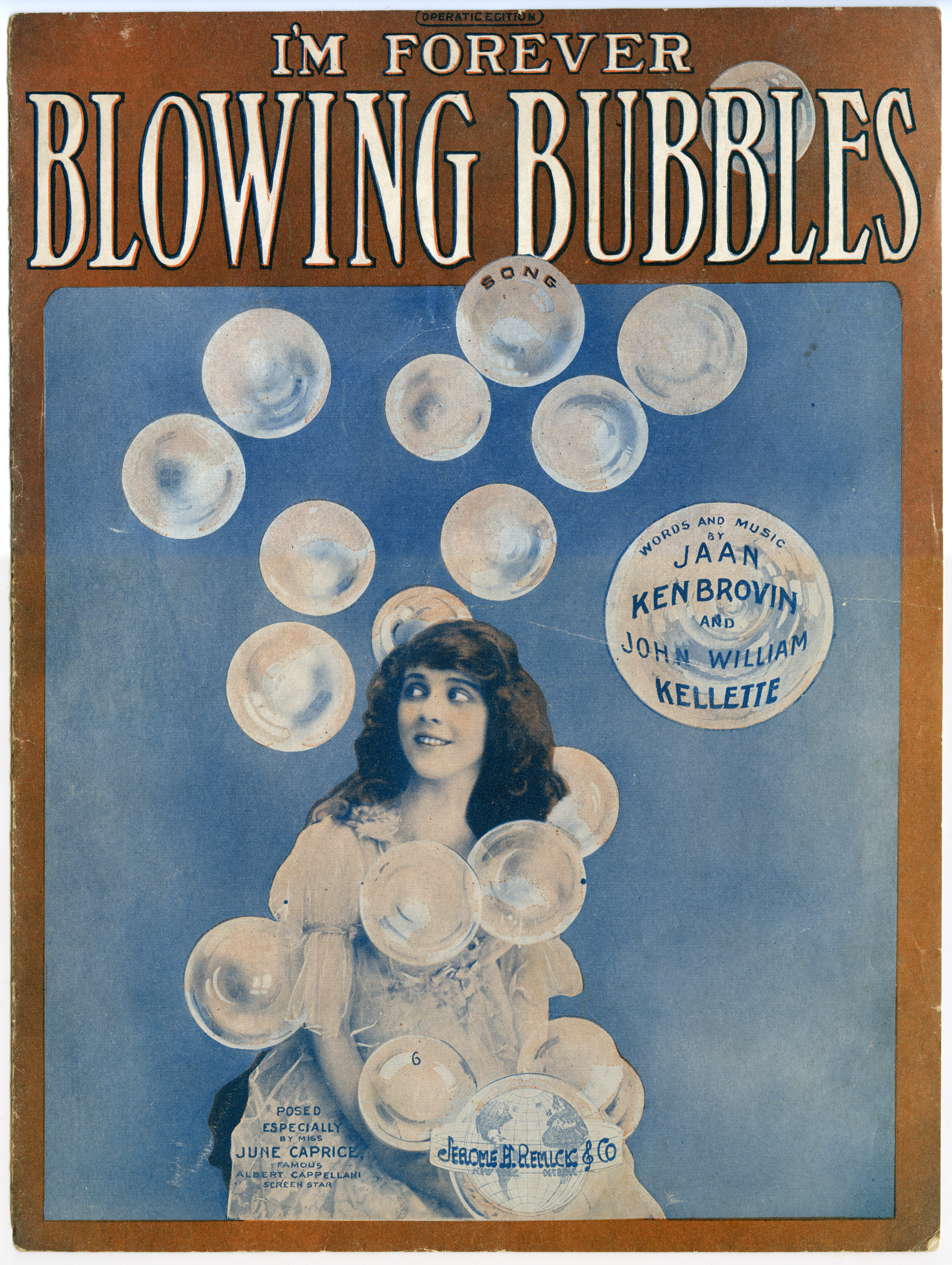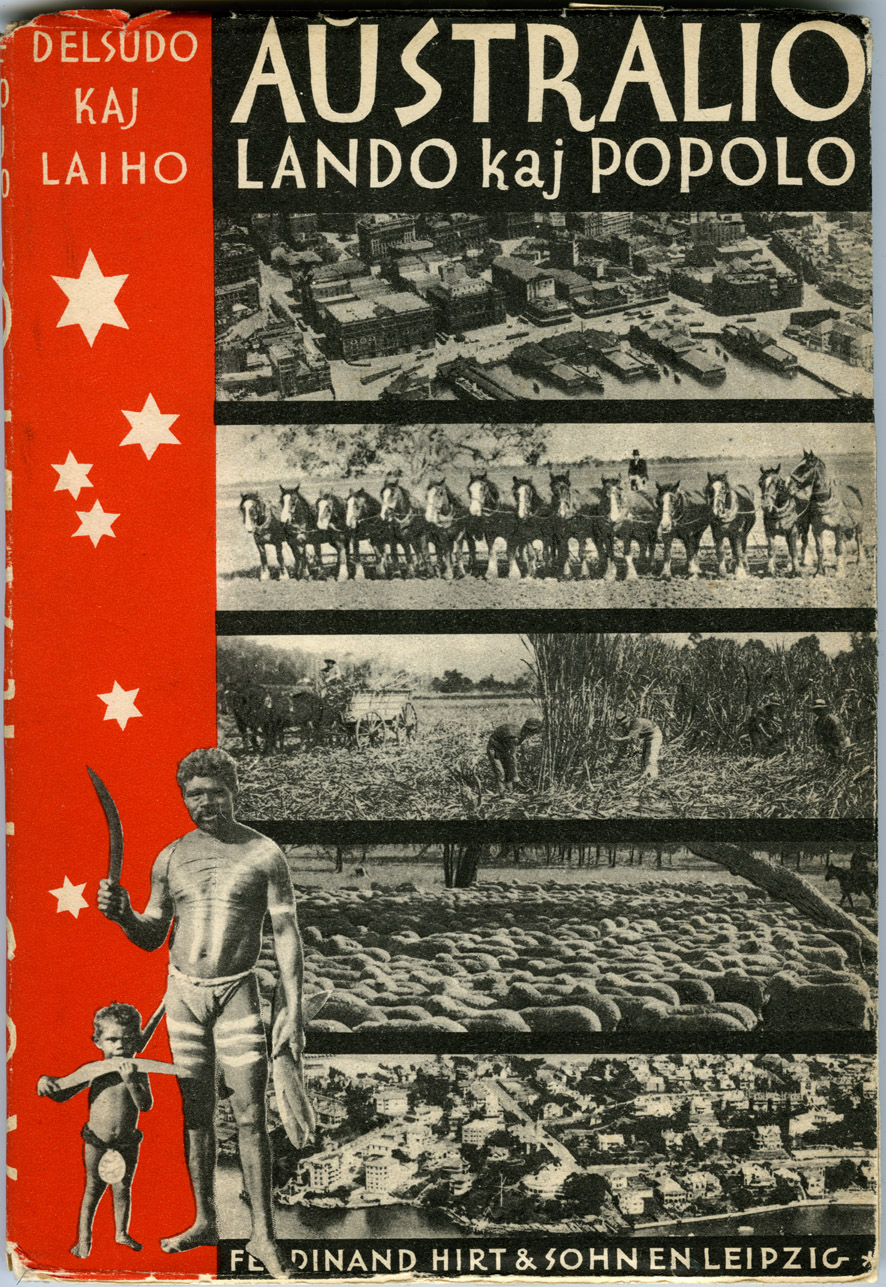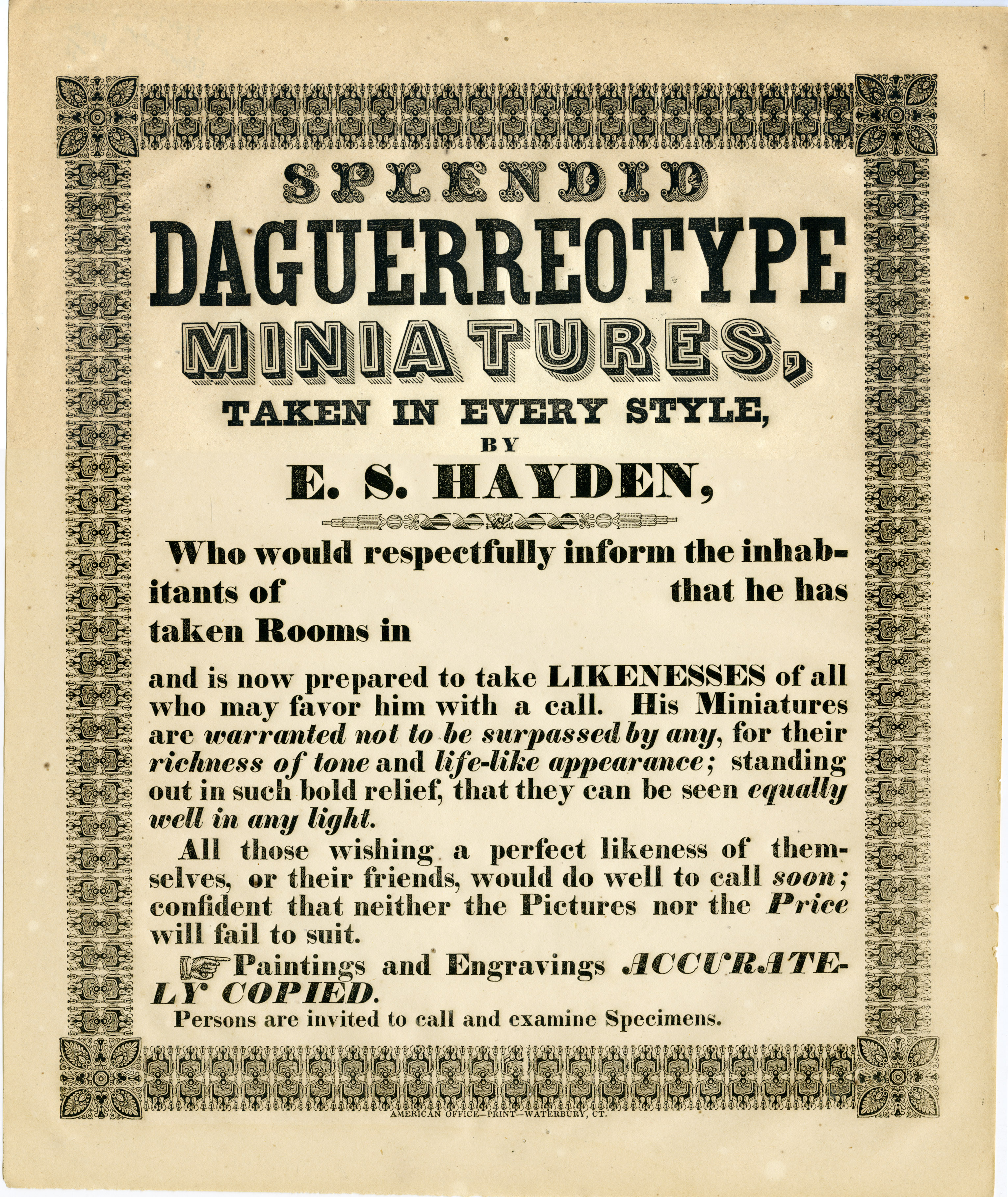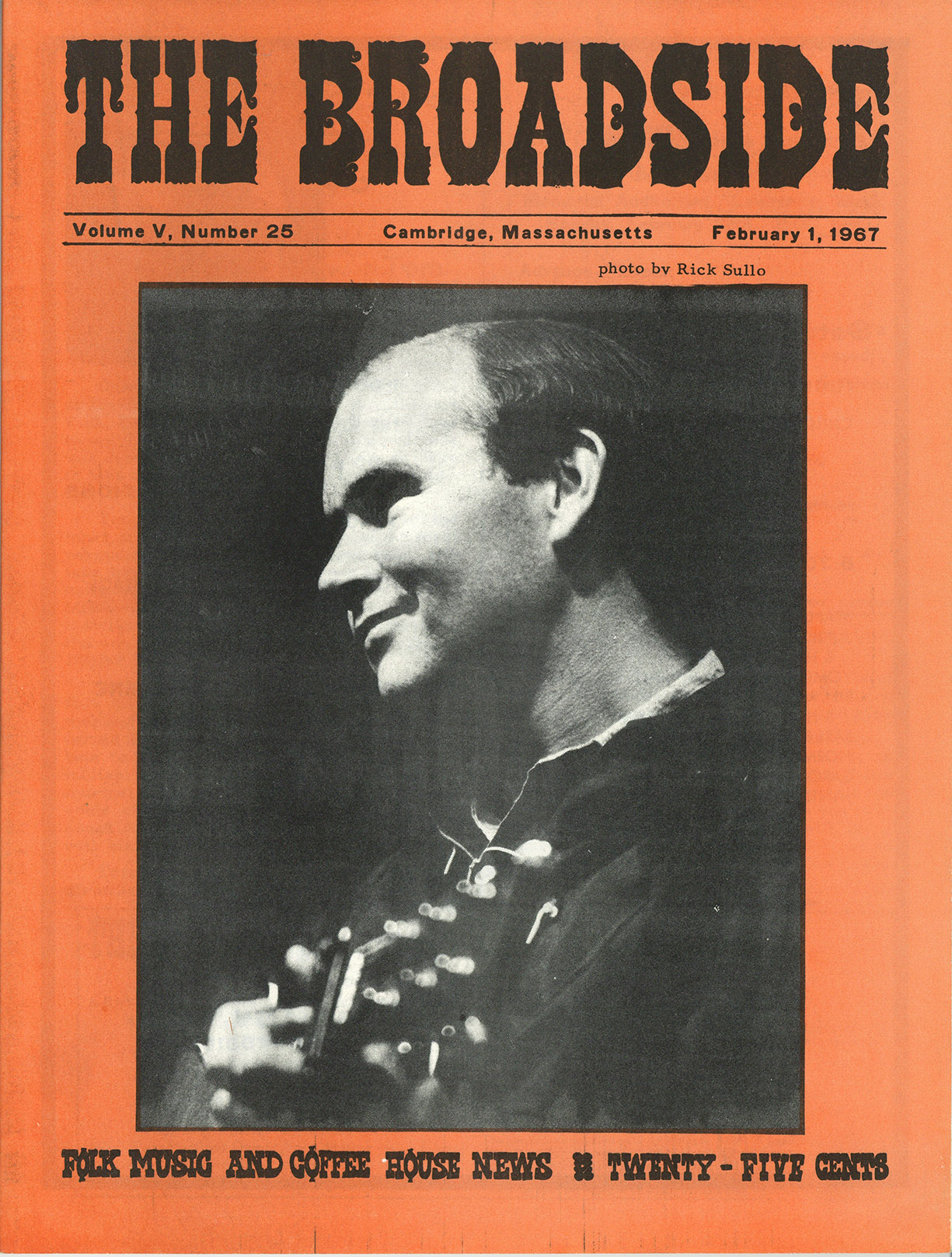Gene Abair Alcoholism Collection
After joining Alcoholics and Anonymous in Springfield to regain control over his life, Gene Abair emerged a new man. And a bibliophile. A janitor with a limited education, Abair began to collect books relating to alcoholism and temperance, eventually devoting himself to making his growing collection available to alcoholics and non-alcoholics alike as a lending library. The collection was acquired by UMass in 1972 with the assistance of Abair’s friend, Mrs. Walter E. Carlson, and about 100 titles (of over 400) were transferred to SCUA.
The Abair Collection includes works on the physiology, psychology, ethics, and social history of alcohol consumption from the mid-19th through the mid-twentieth centuries. Among other items, it includes key works on medical aspects of inebriety, personal narratives and biographies of temperance leaders and alcoholics, and books on the formal temperance movement and prohibition.



